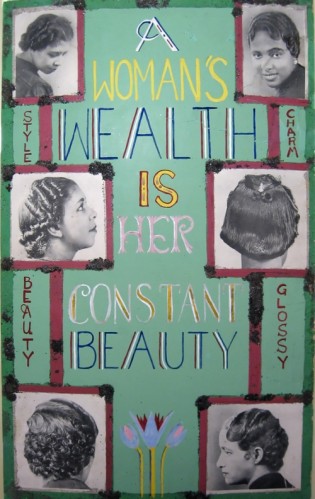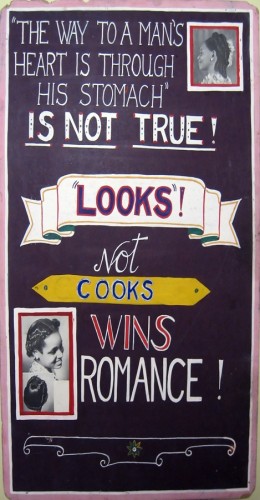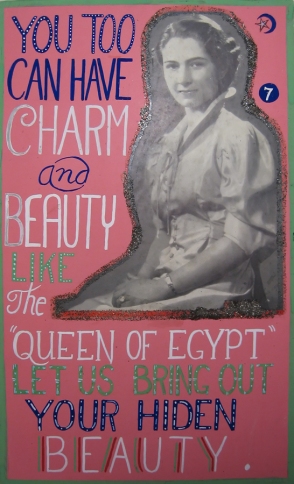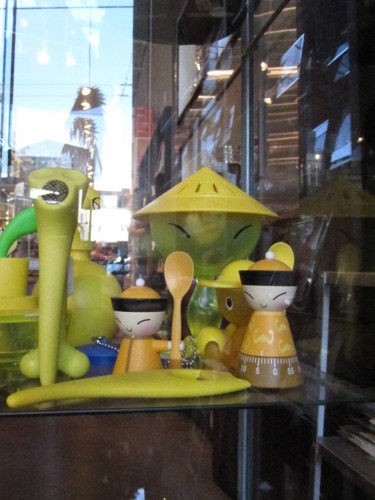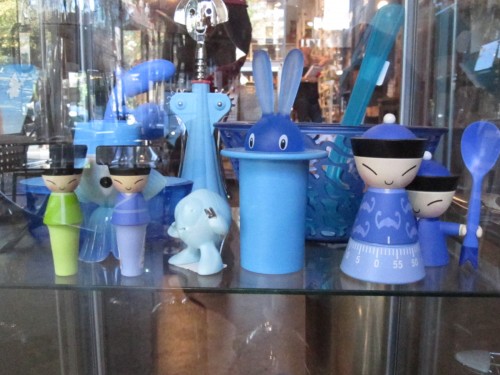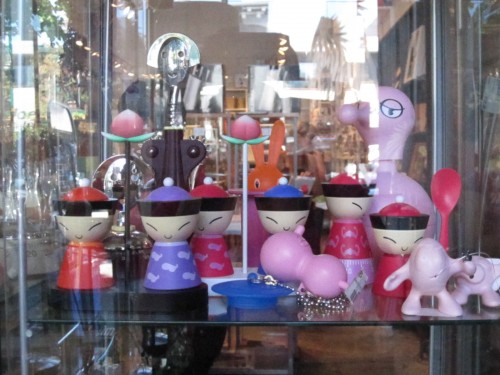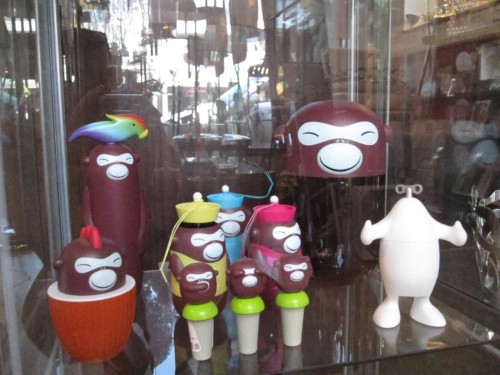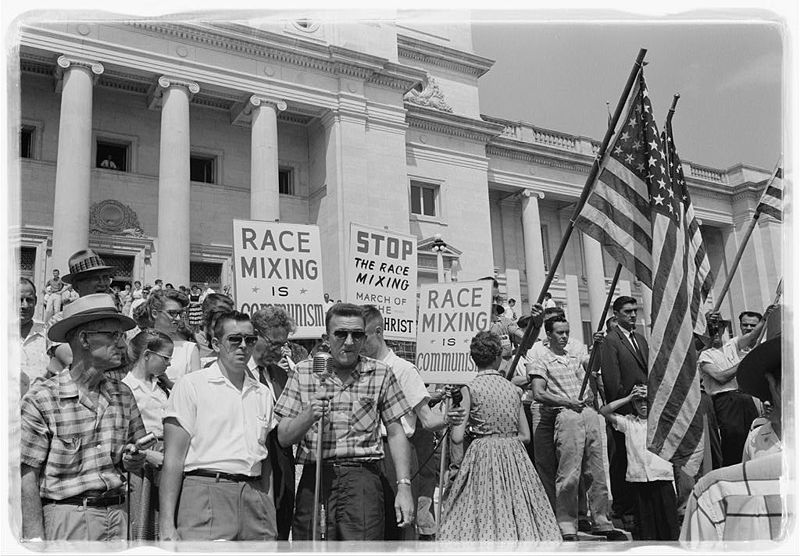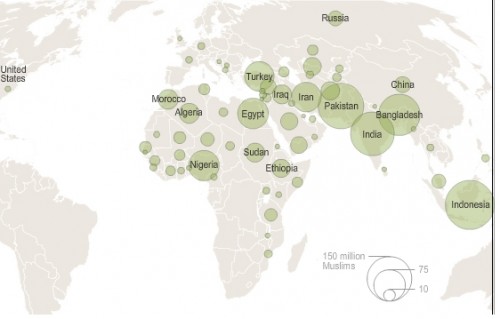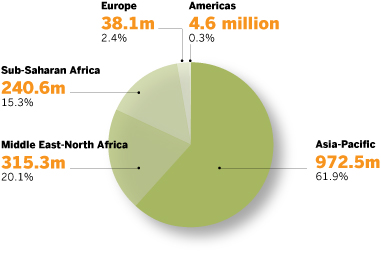Tom Schaller at FiveThirtyEight.com posted a summary of the book Authoritarianism & Polarization in American Politics:
…authoritarianism is really about order–achieving it, maintaining it, and affirming it–and especially when citizens are uncertain or fearful. This, they say, is why authoritarians seek out and elevate, well, authorities–because authorities impose order on an otherwise disordered world. They provide a useful review the existing literature on authoritarian traits, which have been connected to negative racist stereotyping, a belief in biblical inerrancy, a preference for simple rather than complex problem-solving, and low levels of political information.
The authors, Marc Hetherinton and Jonathan Weiler, provide a breakdown of average levels of authoritarianism in the U.S. based on various characteristics:
Over at the Huffington Post, Weiler discusses the connection between authoritarianism and racial attitudes:
Authoritarian-minded individuals are, after all, likely to judge more negatively minority groups and those negative judgments, in turn, inform a host of political positions…
We find that in a politics organized by authoritarianism, even non-racial issues are becoming a matter of race and, more broadly, are taking on more visceral symbolic significance…
In sum, there is reason to think that beneath the arguments about government intrusion into the health care market, death panels, and such, a much more visceral dynamic is at work. To be perfectly clear, it is far from the case that every opponent or skeptic of significant health-care reform is a racist or racially motivated in her or his thinking. But there is, at the least, very strong circumstantial evidence that views of race and beliefs about health care reform are linked significantly among many Americans, which probably explains why the debate on health care reform has caused a much stronger uproar in 2009 than it did in 1994.
For an example of this type of racial resentment, see our recent post on Rush Limbaugh’s description of “Obama’s America.”

